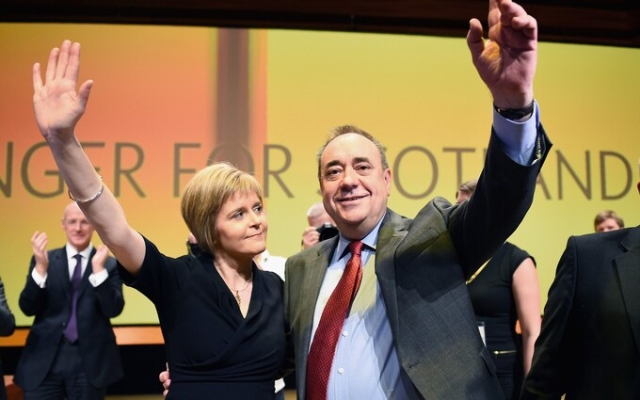 The era of Salmond and Sturgeon is over — have they taken the SNP's electoral hopes with them?
The era of Salmond and Sturgeon is over — have they taken the SNP's electoral hopes with them?
Humza Yousuf won the race to succeed Nicola Sturgeon as Scotland's first minister just seven months ago, but his leadership of the SNP is already in crisis. Two political earthquakes in a row, just days apart, threaten to turn his first party conference as leader into a nightmare.
First there were the Rutherglen and Hamilton West by-elections, which Labor were expected to win but which no one predicted would cause a huge 20% swing from the SNP to its main rival. And then came the completely unexpected defection of SNP MP for East Kilbride Lisa Cameron to the Conservatives.
The party sought to play down this latest drama as self-serving behavior by an MP who had already lost the confidence of his local activists and was on the cusp of being replaced as the official SNP candidate. But there is no denying the serious blow that Cameron's decision to quit the Commons dealt to the morale of the party — and Yousaf.
To make matters worse, Yusuf himself suffers a humiliating defeat at the hands of the delegates who line up to vote against his preferred formulation of the new independence «strategy». Yousaf co-authored a document with his party's Westminster leader, Stephen Flynn, which said that if the Scottish National Party won a «majority» of seats in Scotland at the next general election, it would be interpreted as a mandate to begin independence negotiations. But his party activists have other ideas, and will almost certainly amend the document so that the party requires a «majority» of seats before it can claim such a mandate.
Any challenge to Yousaf's authority would be like arguing over how many angels can dance on the head of a pin: any such «mandate» would be meaningless in the face of the determination of both the Labor and Conservative leaderships either to hold a second referendum or to consider independence negotiations. no matter how many seats the Scottish National Party gets.
And after Rutherglen, after the defection of Lisa Cameron, hopes that the nationalists will win at least a “majority” of seats north of the border now look fantastic.
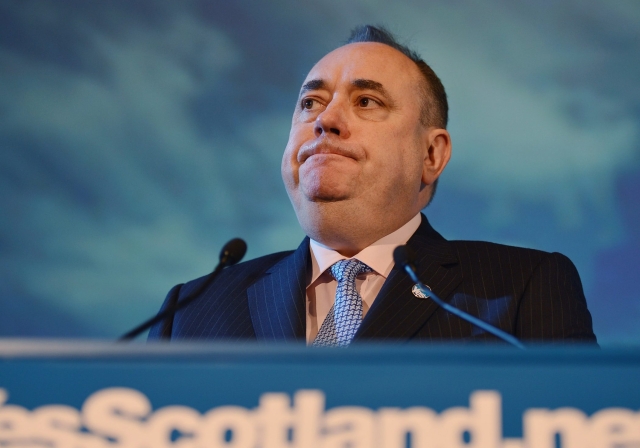 Alex Salmond is campaigning ahead of the Scottish independence referendum. Photo: Jeff J. Mitchell/Getty
Alex Salmond is campaigning ahead of the Scottish independence referendum. Photo: Jeff J. Mitchell/Getty
To understand where it all went wrong, you have to go back much further than earlier this month; in fact until 2007, when the SNP struggled to power. A coalition of Labor and the Lib Dems has governed the country since devolution in 1999. Alex Salmond was persuaded to return to lead his party in 2004 after leaving it four years earlier.
His bet paid off. The Scottish National Party ended election night with a one-seat lead over Labour, and Salmond was duly elected First Minister by the Scottish Parliament in Edinburgh.
This tumultuous time in Scottish politics paved the way for many events: the 2014 independence referendum, the subsequent decline of Scottish Labor as a parliamentary force and the rise of the Scottish National Party's most successful electoral leader, Nicola Sturgeon. It also marked its eventual collapse, and perhaps even the collapse of the Scottish National Party itself.
It was the independence referendum, called by Salmond after he unexpectedly led his party to an overall majority at Holyrood in 2011, that became dividing line in modern Scottish politics. The entire history of the SNP government in Edinburgh can be assessed as a period before and after the referendum, the latter being a mirror image and contrast to the success of the former.
One of Salmond's first acts as First Minister was to rename the Scottish Executive the Scottish Government. The reform was typical of the new swagger he brought to Scottish politics.
This was followed by a string of high-profile policy initiatives, including the abolition of NHS prescription charges and the abolition of tolls on Scotland's road bridges. The SNP machine has also taken responsibility for key policies previously introduced by the last administration: free tuition for Scottish university students, free personal care for pensioners and free bus travel for Scots over 60 and disabled people.
With a chorus of (mostly London) media predicting an imminent independence referendum in the near future, Salmond and his new ministers sought to reassure Scots — especially those skeptics who did not vote for the SNP — that his party could be trusted to be responsible. and radical. Only when they are confident of both will they trust the SNP with the reins of power in an independent country.
It would be wrong to say that the Salmond administration was welcomed by the majority of Scottish voters; it has had its problems and crises: for example, when Justice Minister Kenny MacAskill decided in 2009 to release Abdelbaset al-Megrahi, who was serving time in prison for the bombing of Pan Am Flight 103 over Lockerbie in December 1988, for reasons of ill health . Until the last few weeks of the subsequent Holyrood election, polls showed that the electorate was largely unconvinced of the administration's merits.
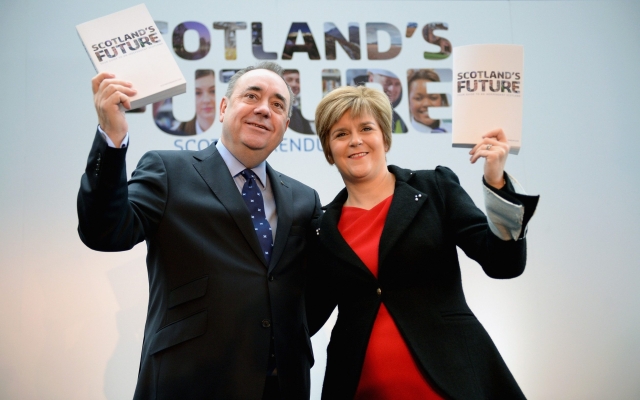 Salmond and Sturgeon posing with the Scottish Independence White Paper in 2013. Photo: Getty
Salmond and Sturgeon posing with the Scottish Independence White Paper in 2013. Photo: Getty
“Alex Salmond ran the government like the conductor of an orchestra,” says veteran SNP MSP Alex Neil, who served under both Salmond and Sturgeon. “He made sure everyone was on their toes and anyone who was upset was quickly put in their place. Nicola wanted to play every instrument in the orchestra herself.»
While Salmond, according to Neil, consulted and involved a wide range of people before making final decisions, Sturgeon relied too heavily on a small core of advisers . “Nikola got rid of everyone who didn’t agree with anything she said. Alex had a strategy and strategy from day one to make [independence] a reality.”
Since 2007, Neil says, “people have seen us doing things and actually getting results, and all of that has helped build support for the party. That's why we won the majority in 2011.»
In contrast, says Neil, “Nikola didn’t do any of this. She shifted the focus to gender reform and other things.” While Sturgeon, for example, was rightly concerned about child poverty, Neil says she regularly failed to follow through. “I produced an 80-page document on child poverty, showing that it is more cost-effective for the taxpayer to address the causes in the medium term than to allow people to fall into poverty in the first place.”
< p>“Within an hour I received a response [ from Sturgeon]: “I don’t read unavailable sentences.” How did she know that it was unaffordable if she didn’t read?
Following the Leave victory in the 2016 referendum, Sturgeon thought she had a chance to galvanize the independence movement. But, according to Neil, «she promised an 'indyref2' but had no strategy for achieving this goal.
» In almost nine years in power, she has failed to achieve either independence or an education gap.' .
It is this difference in approach between the two leaders that has led to the party's current problems, where under Humza Yousaf's leadership its popularity has plummeted and it risks losing dozens of seats in the next general election. Even Salmond's critics admit that he took an open and even generous approach to politics and policy, an approach that was anathema to his successor.
2204 SNP Poll
«The big difference is that Salmond was a big tent politician and [Sturgeon] was a tiny wigwam politician,» says Dame Jackie Bailey, who has served at Holyrood as a Scottish Labor MP since 1999 and is now deputy leader of her party. “Salmond spoke to everyone. His approach to the country, especially to civil society, was: «Even if you don't support independence, you can be sure that we won't do anything wrong.» He tried to remove the risk and danger of independence.
“And he followed people's advice, or at least pretended to listen,” she adds. “Sturgeon had a small group of advisers: John Swinney [her deputy], Liz Lloyd [chief of staff] and Peter Murrell [then party chief, to whom Sturgeon is married].
«All she ever cared about was her party members and throwing red meat at them.»
Bailey draws a sharp distinction between the achievements of the Salmond administration and the Sturgeon administration. “She has done surprisingly well during Covid. But take the example of the Baby Box,” referring to the Scottish Government's policy of providing a box of essential items to the mother of every newborn baby in Scotland. “Most of them end up in charity shops. Moms love it, but many of them don't use it. And it hasn't changed the child mortality rate one iota.»
NHS waiting lists, Bailey says, are another weakness of the current government and another legacy of Sturgeon. “If you have one in seven Scots on your waiting list, chances are everyone will know one of them. And health is a completely autonomous entity.”
Salmond's first election victory in 2007 was accompanied by a certain amount of excitement and optimism, says Murdo Fraser, the Scottish Conservative MP and spokesman for business and economics. “They were very different from their predecessors, which by then looked a little dated. Salmond arrived in 2007 speaking the language of business and wanting to create a more entrepreneurial Scotland.
“When business leaders had problems, they called Salmond. This was a government that got things done.” This contrasts, Fraser adds, with Sturgeon's approach, which is generally seen as unsympathetic and misunderstanding the priorities of Scottish business.



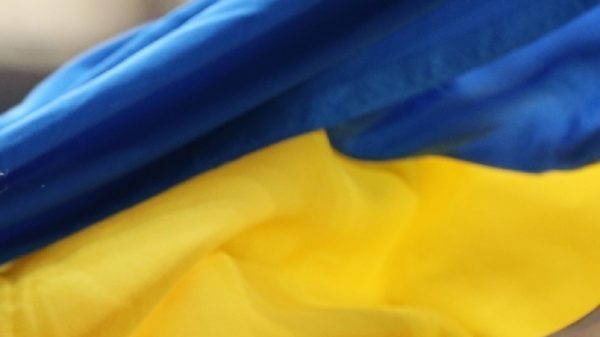




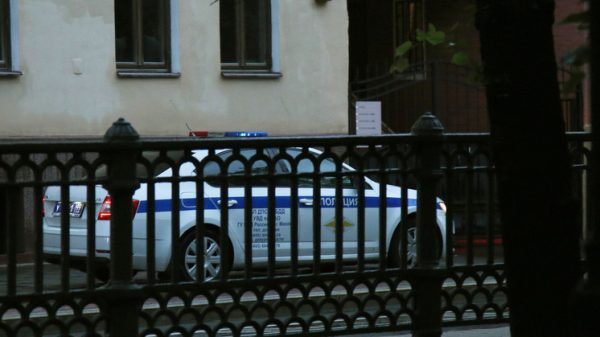

























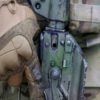




















Свежие комментарии